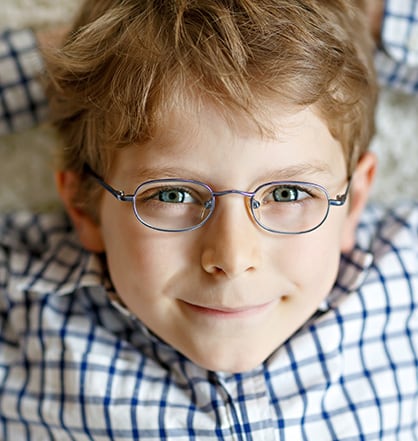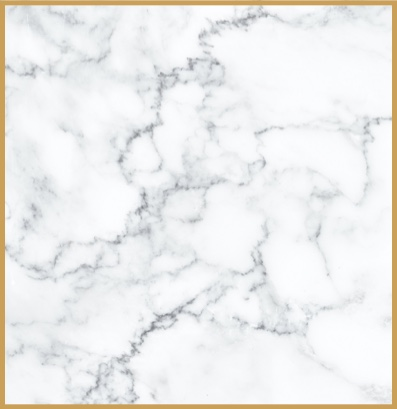

When you’re a parent, there is something to do every day: sports practices, play dates, homework. The list goes on and on. But you should never have to worry about the quality of your child’s eye care. When you choose the team at Eyes Harvest Hills, you can rest assured knowing our team is ready to help your child see, feel, and look their best!
Our friendly eye doctors boast years of experience managing complicated eye issues in children of all ages. We’re proud to offer services that are comfortable, convenient, and above all, comprehensive.
If your child is experiencing an eye or vision problem, drop by our clinic today or book an appointment!
We completely understand if your child might feel a little nervous about having an eye exam, especially if it’s their first. But our team works diligently to ensure your child is comfortable and relaxed throughout the entire experience.
When you and your child come in for your appointment, our doctors will spend a little time introducing themselves before personally escorting you both to the exam room. From there, we will:
We will start each eye exam with a discussion about your child’s personal and family health history. This part of the exam helps our team determine if your child is at risk of developing certain eye conditions while also providing an opportunity to express any questions or concerns either of you might have.
Please feel free to provide any additional information you feel is relevant for your child’s eye exam. The more information we have, the more accurately we can diagnose potential issues your child may be experiencing.
Once we confirm that your child’s health history is up to date, we will proceed with the rest of the examination.
A visual acuity assessment determines the type of lens prescription your child may need. Our doctors can do this in many different ways, but some of the most tried-and-true methods include a Snellen eye chart and a phoropter examination.
Many eye diseases can develop without symptoms during their early stages, making it imperative that we check your child’s eye health during every eye exam.
To do this, we use the latest cutting-edge technology available, including ocular coherence tomography, Optomap retinal scans, and slit-lamp (anterior segment) photography. These powerful devices provide our team with a detailed look at your child’s eye health to diagnose early signs of eye disease.
Concluding the exam will be another conversation about our doctor’s findings and any recommendations they may have. Some of these recommendations could include glasses to correct refractive errors or medications and treatments to manage a more serious eye problem.
Depending on your child’s needs, we may schedule a follow-up appointment to ensure any treatment we recommend is performing as expected.
Infant’s eyes are continually developing after birth, but we do need to ensure they are properly. We recommend having at least 1 exam by 6 months and 1 more by 2 years of age.
Preschool is a big time for any child, but it’s also when they may develop eye conditions like myopia (nearsightedness), amblyopia (lazy eye), and strabismus (crossed eyes). We recommend your child have at least 1 eye exam between 2 and 5 to help catch these issues.
Every child should have annual eye exams after starting school. Many eye conditions can develop slowly and without your child’s knowledge. As these problems develop, they may begin to interfere with your child’s performance and comfort during various activities, like learning or playing sports.
We are committed to ensuring your child has everything they need to grow and develop properly. Because of this, we recommend following this exam schedule provided by the Canadian Association of Optometrists:
While you can’t diagnose a vision problem on your own, you can look for behavioural signs from your child that could indicate an issue. Some of these signs include:
Alberta Health Services (AHS) and our team at Eyes Harvest Hills is proud to be a part of the Eye See… Eye LearnⓇ program. This program allows us to provide your kindergarten-aged child with a free pair of glasses alongside their eye exam (which is also covered by AHS until they are 18!).
It’s never too early to get your child involved with their eye care. Please, book their appointment today and see the difference quality eye care can make.



